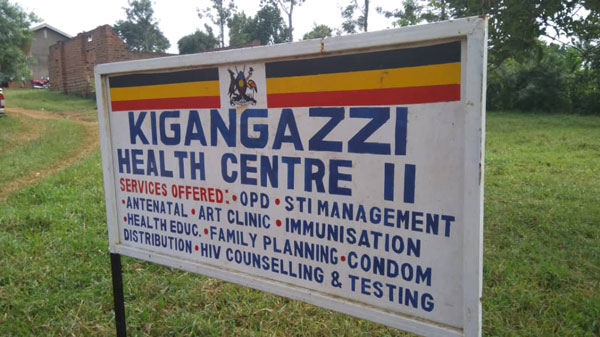
Govt to Borrow SH1.4 Trillion to Fast-Track Pledge on Seed Schools, Health Centres
Entebbe, Uganda | THE INDEPENDENT | The government is set to borrow over sh1.4 trillion under two separate projects that will see the realization of two long waited pledges of having a public secondary school and health center IIIs on each Sub-county.
Part of the funds to meet the pledges which have been on the government to-do list since 2016 is additional financing from the world bank on the Uganda Inter-Government Fiscal Transfer Programme II-UGFIT.
Information obtained from the World Bank website indicated that Uganda will receive up to $240 million (approximately 889 million shillings) which will be paid back in 35 years with a grace period of 6 years. According to a cabinet decision passed on Monday, UGFIT-II will benefit from both the education and health sectors.
A cabinet communique indicates that a portion of the said money will be used to construct 134 health center IIIs in sub-counties that currently don’t have any facility at all and also rehabilitate infrastructure in the existing ones.
Besides, the government will use the loan to equip 285 upgraded health center IIIs and also construct a twin-staff house on each one of them to enable the accommodation of health workers.
Meanwhile, Patrick Muinda, the Ministry of Education spokesperson, says the portion allocated to the education sector will see the completion of 115 Seed Secondary Schools and facilitate the construction of additional 27 Seed Schools in sub-counties that were approved before 2016.
“The funds will strengthen the inspection system (through the support of the roll-out of the Teacher Effectiveness and Learner Achievement -TELA system), completion of on-going civil works in Decentralized Tertiary (BTVET) institutions plus construction of Science laboratories in some Government aided Secondary Schools,” a document from Muinda reads in part.
The document further indicates that the funds will also be used to construct a multipurpose hall and two additional classroom blocks for all 232 seed secondary schools that were planned under Uganda Inter-Government Fiscal Transfer Programme before 2016.
In the same development, the Government has approved a $150 million (approximately 554 billion shillings) loan for a project dubbed Uganda Secondary Education Expansion Project- USEEP which will enable construction of 116 new lower secondary day-schools.
Edward Ssebukuyu, the USEEP project coordinator, says that the project will also be used to expand 61 existing government schools in 12 refugee-hosting districts which are currently overstretched due to the high enrollment.
“Cabinet approved, but parliament has not yet approved. The project will focus on construction of new schools and expansion of secondary education. We will construct 116 in sub-counties without, and expand 61 existing government secondary schools in refugee hosting districts that are over enrolled,” Ssebukuyu said.
According to the 2016 National Resistance Movement – NRM manifesto, President Yoweri Kaguta Museveni pledged to construct a government secondary school in each sub-county. However, this promise, which is again reflected in the new manifesto, is yet to be fulfilled due to an inadequate resource envelope as the country’s current budget expenditure on education has remained low.
Statistics from the Education Ministry indicate that 615 sub-counties in Uganda have no government secondary schools. To handle the matter, the government under the Inter-Government Fiscal Transfer Programme-I embarked on the construction of 127 Seed Secondary schools in the 2019/2020 financial year.
At the beginning of this year, the construction of the said seed schools in several areas had stalled. The education minister Janet Museveni blamed the mishaps of the project on disagreements about the location where the seed secondary schools should be constructed.
Several reports indicate that only about 50 percent of the primary school leavers can go on to secondary school. The low enrollment levels mostly affect girl children, refugees are partially associated with financial constraints and unavailability of secondary schools in some communities.
 The Independent Uganda: You get the Truth we Pay the Price
The Independent Uganda: You get the Truth we Pay the Price


